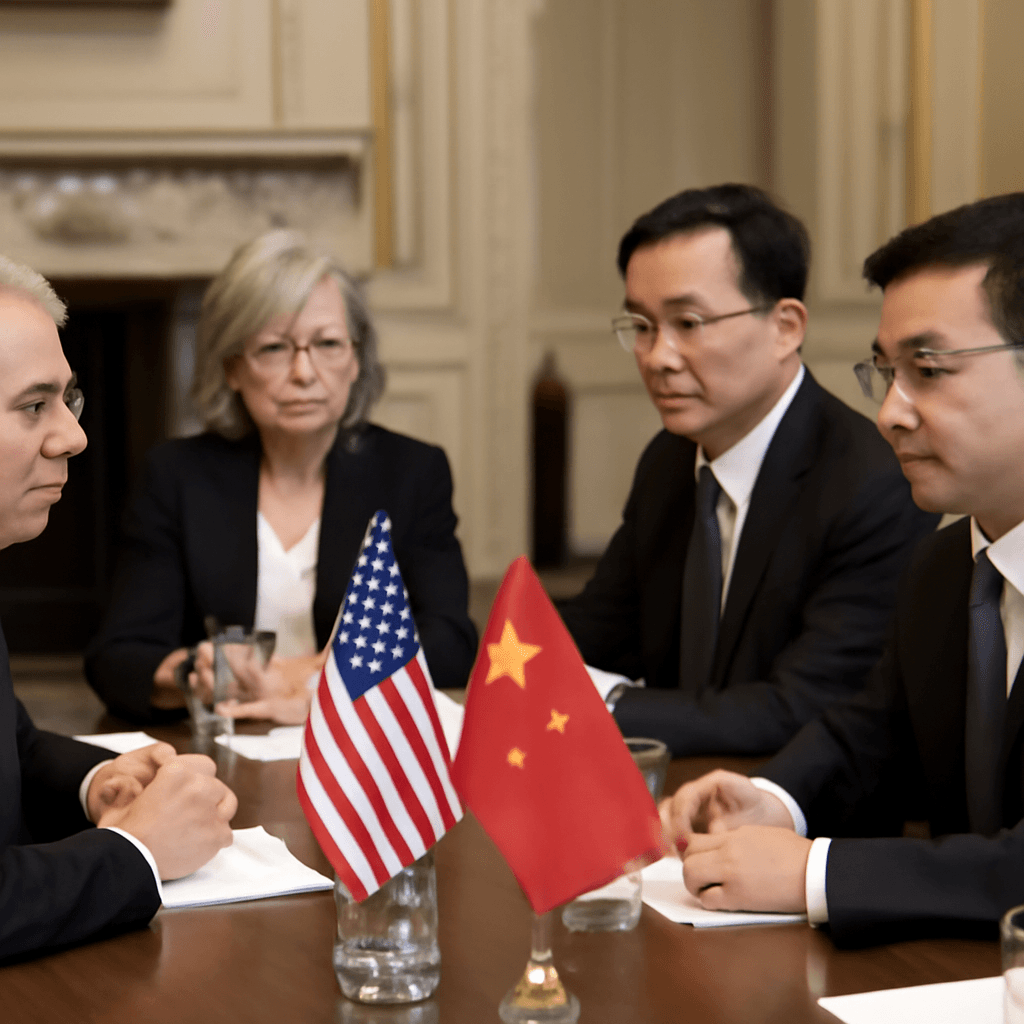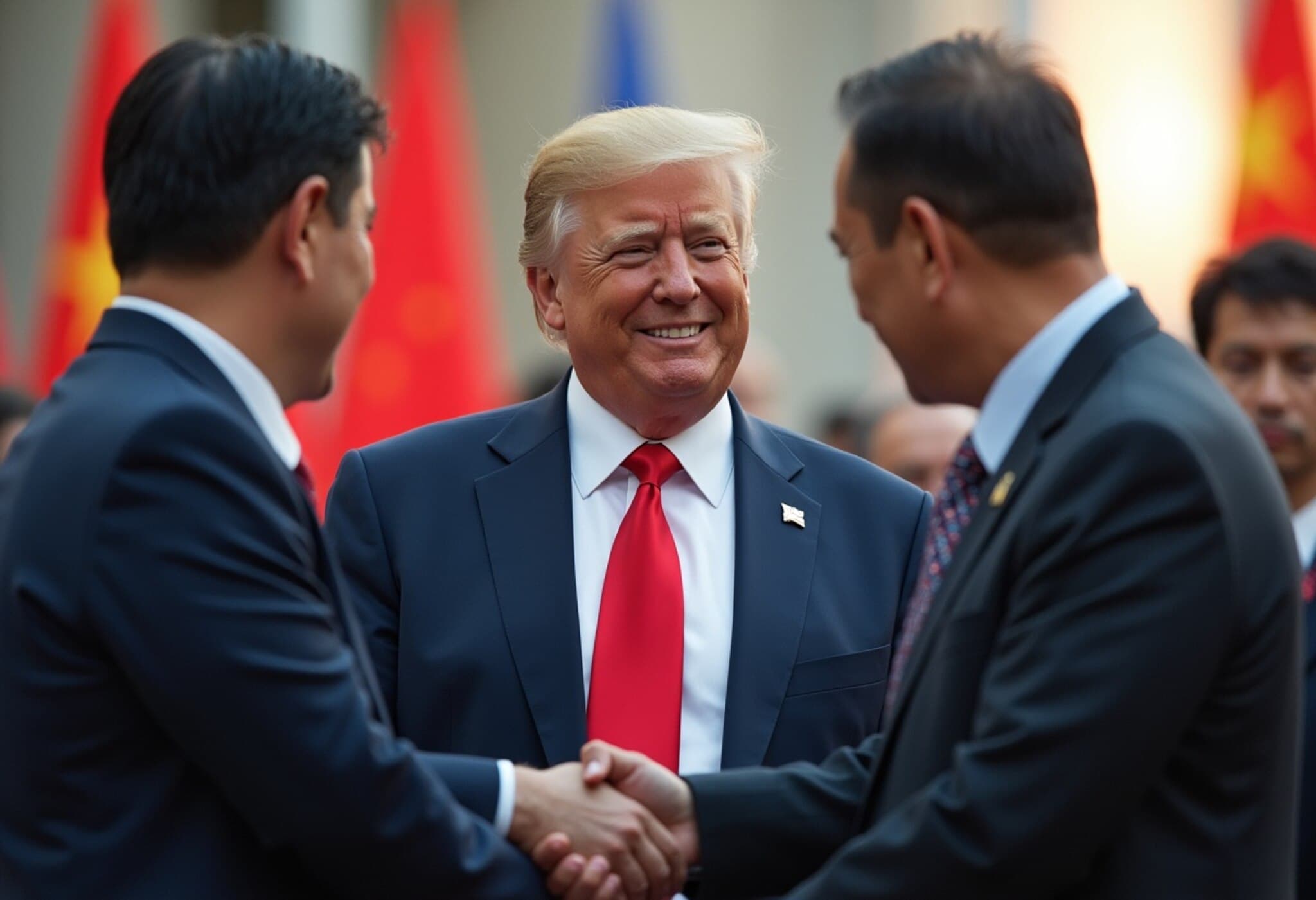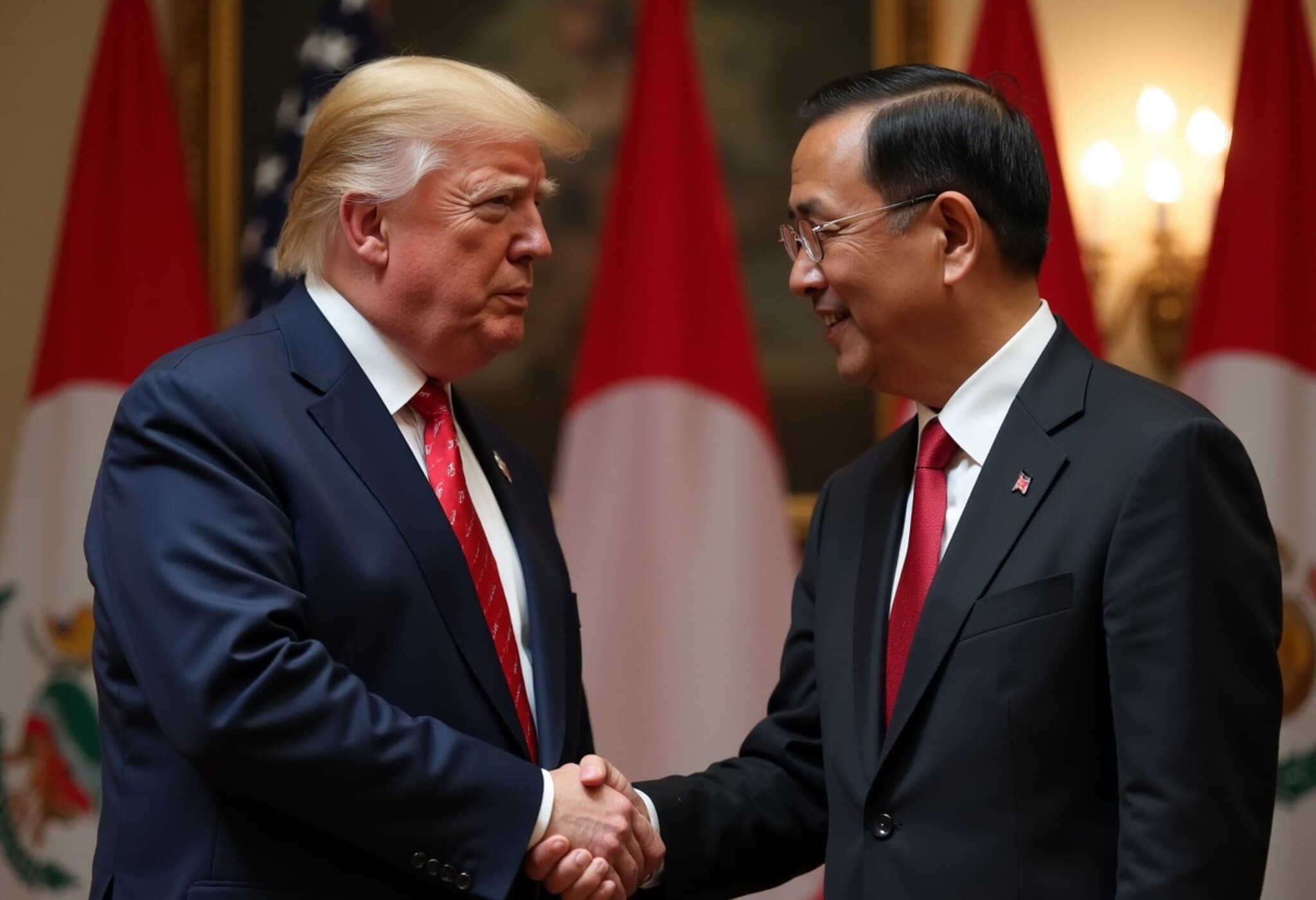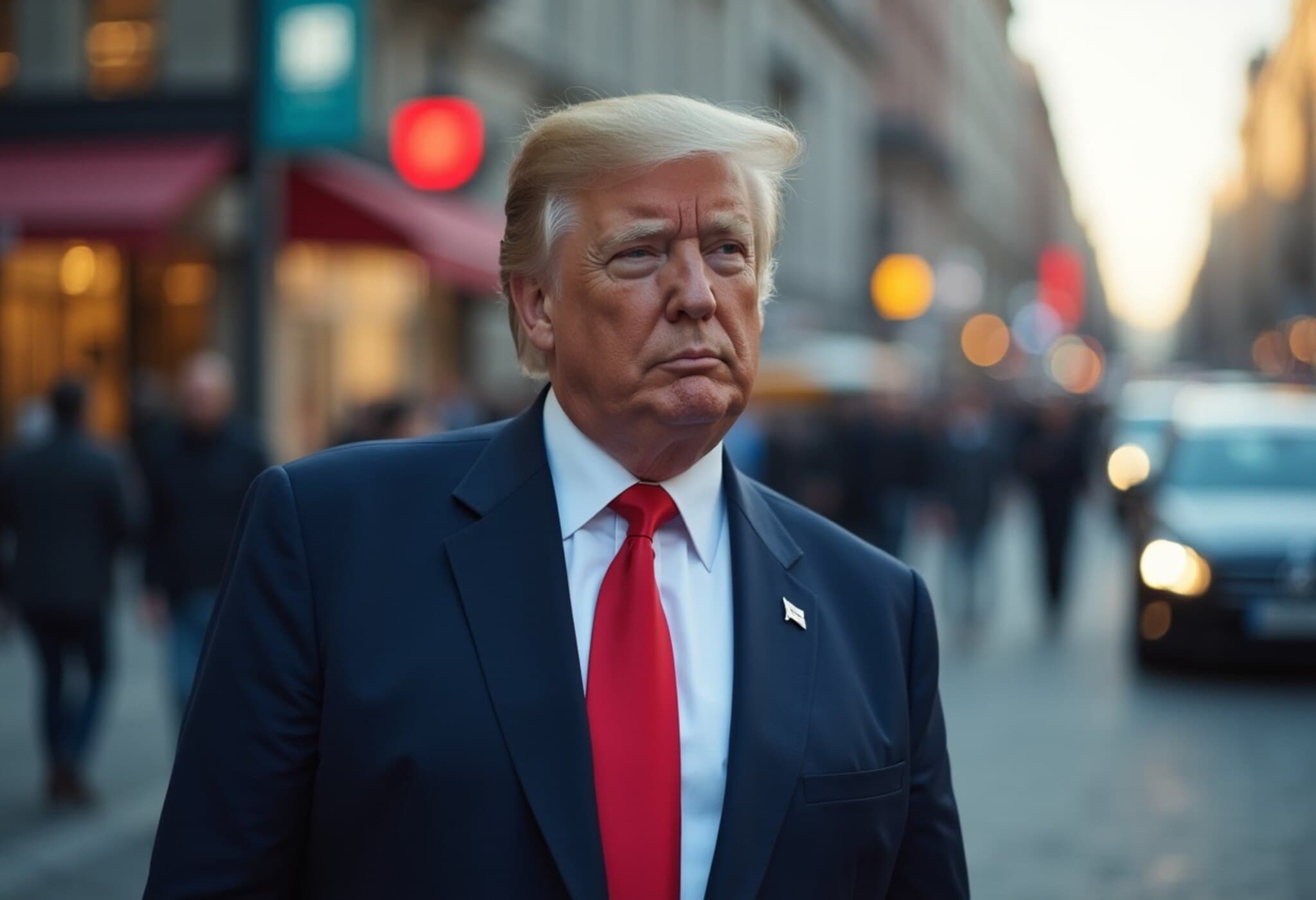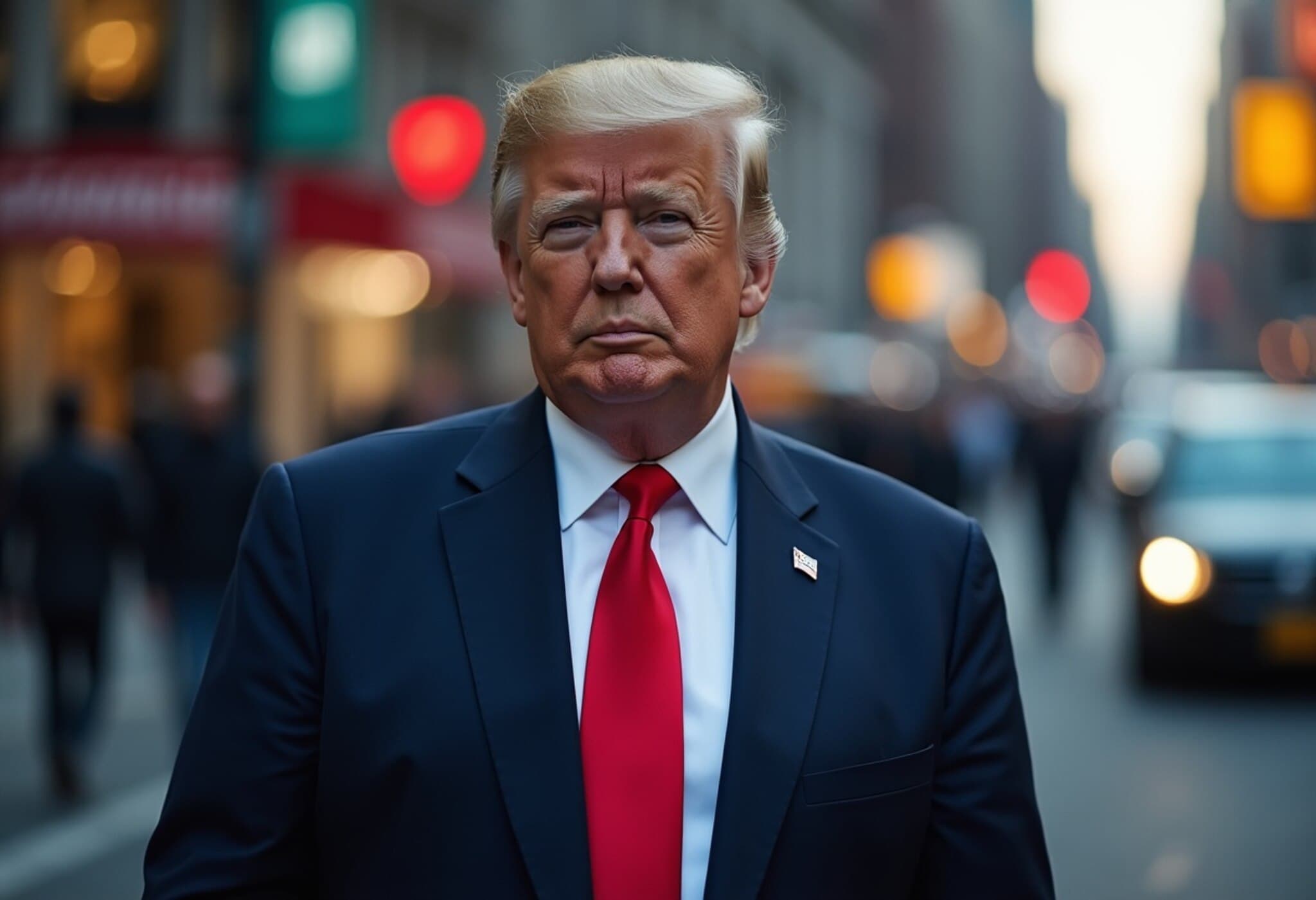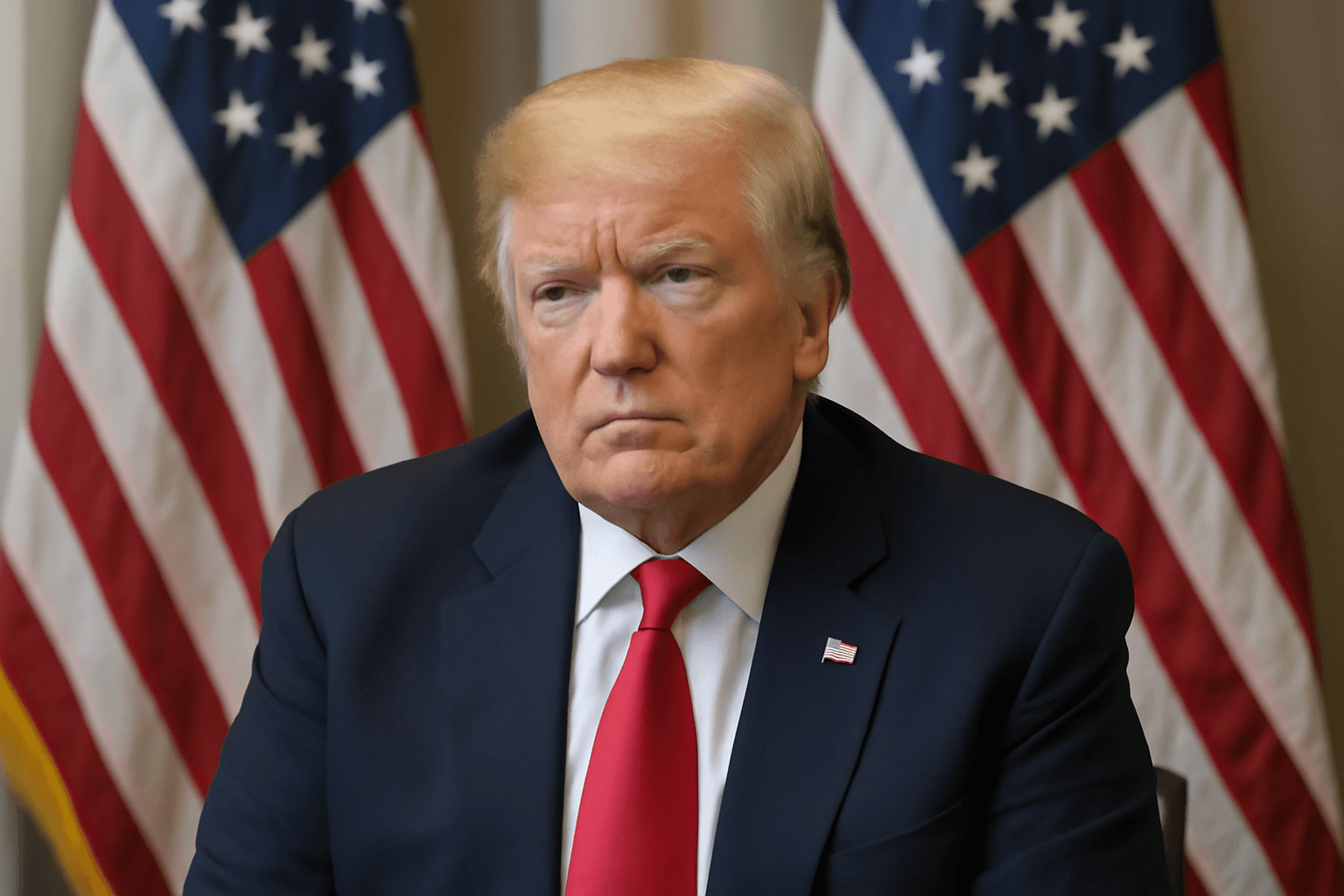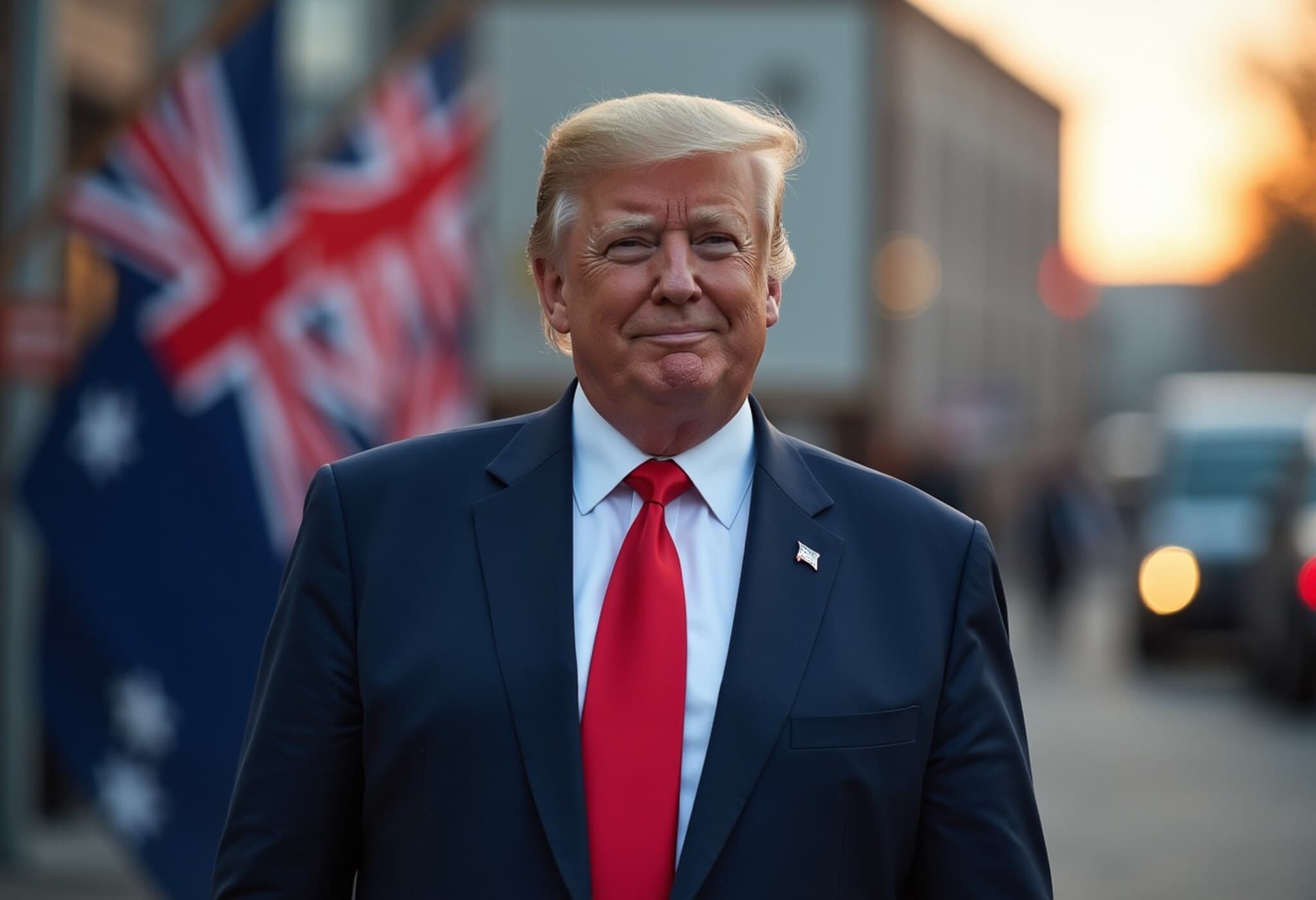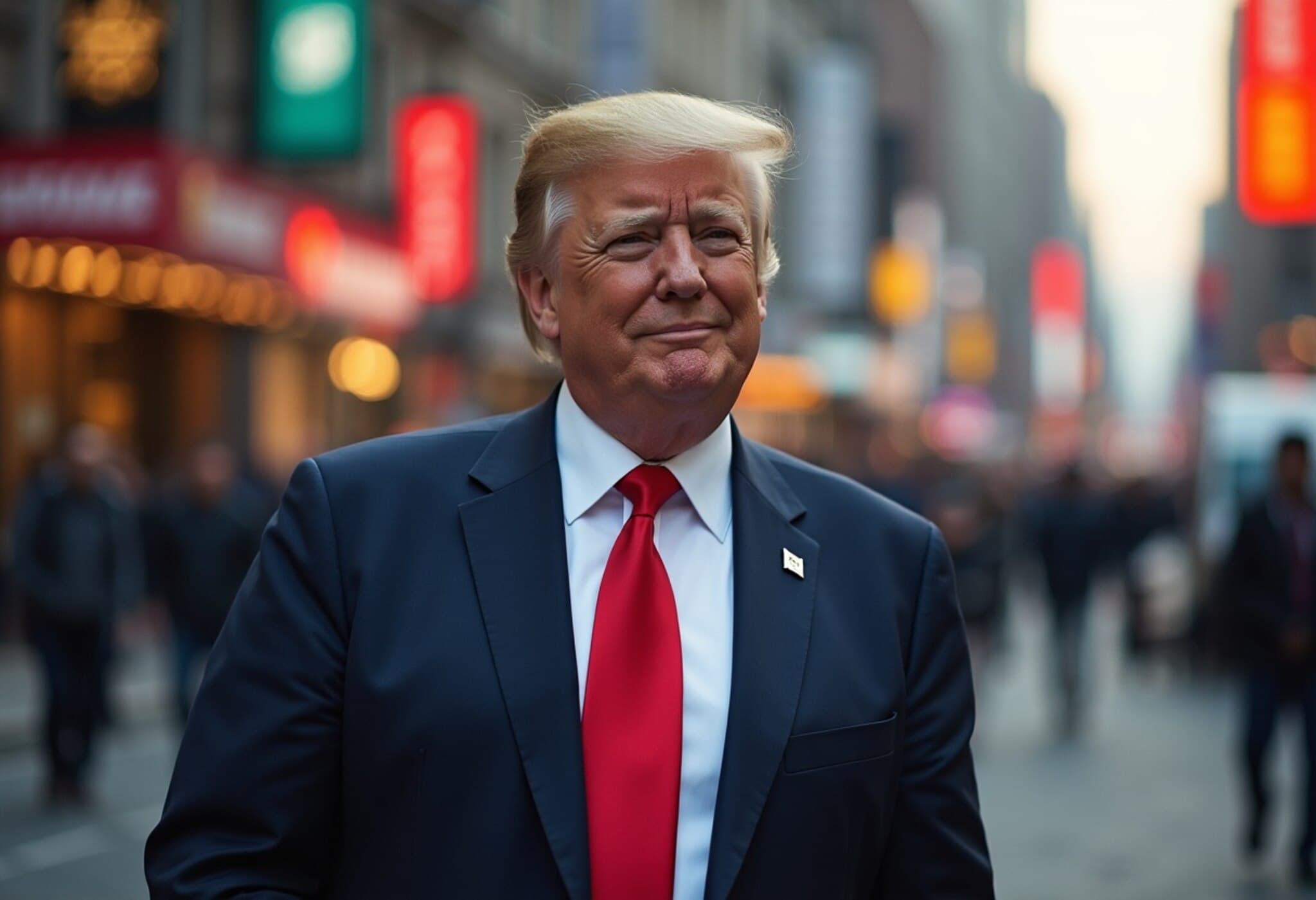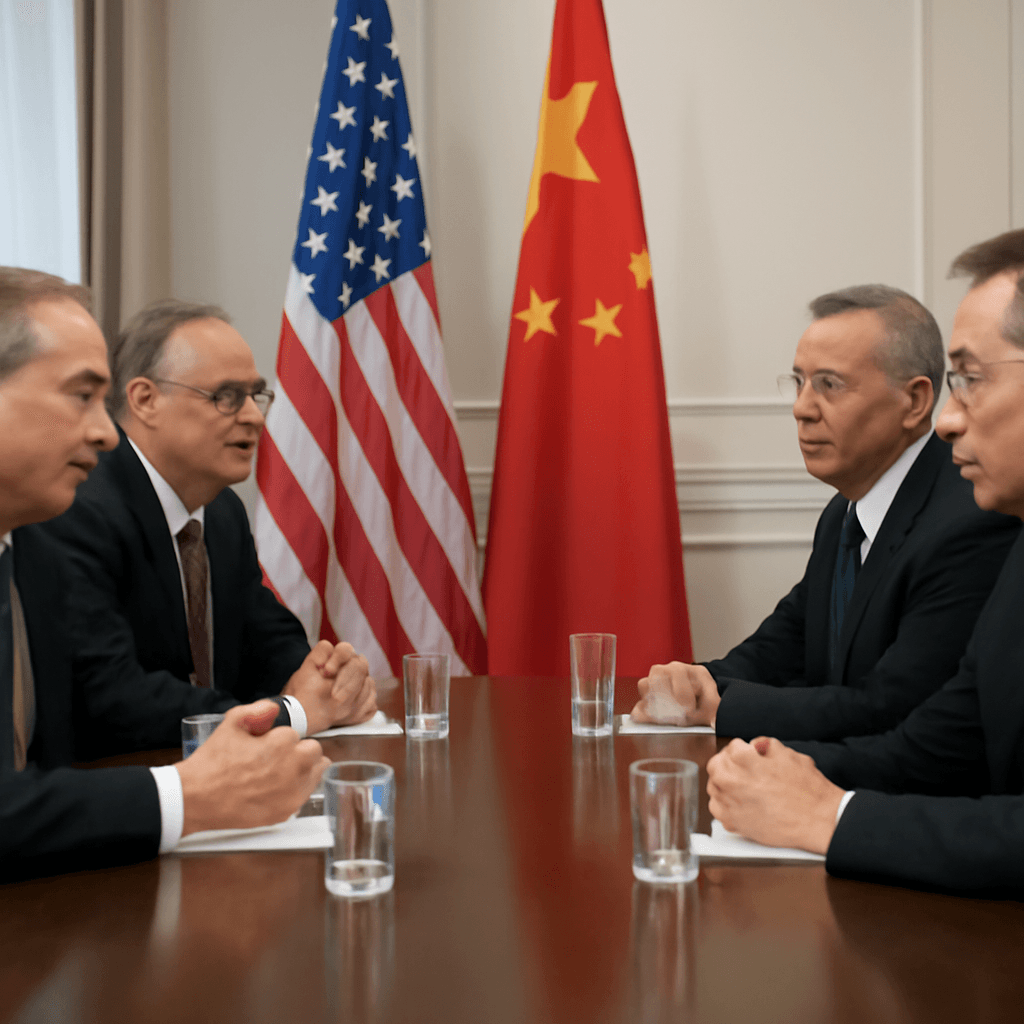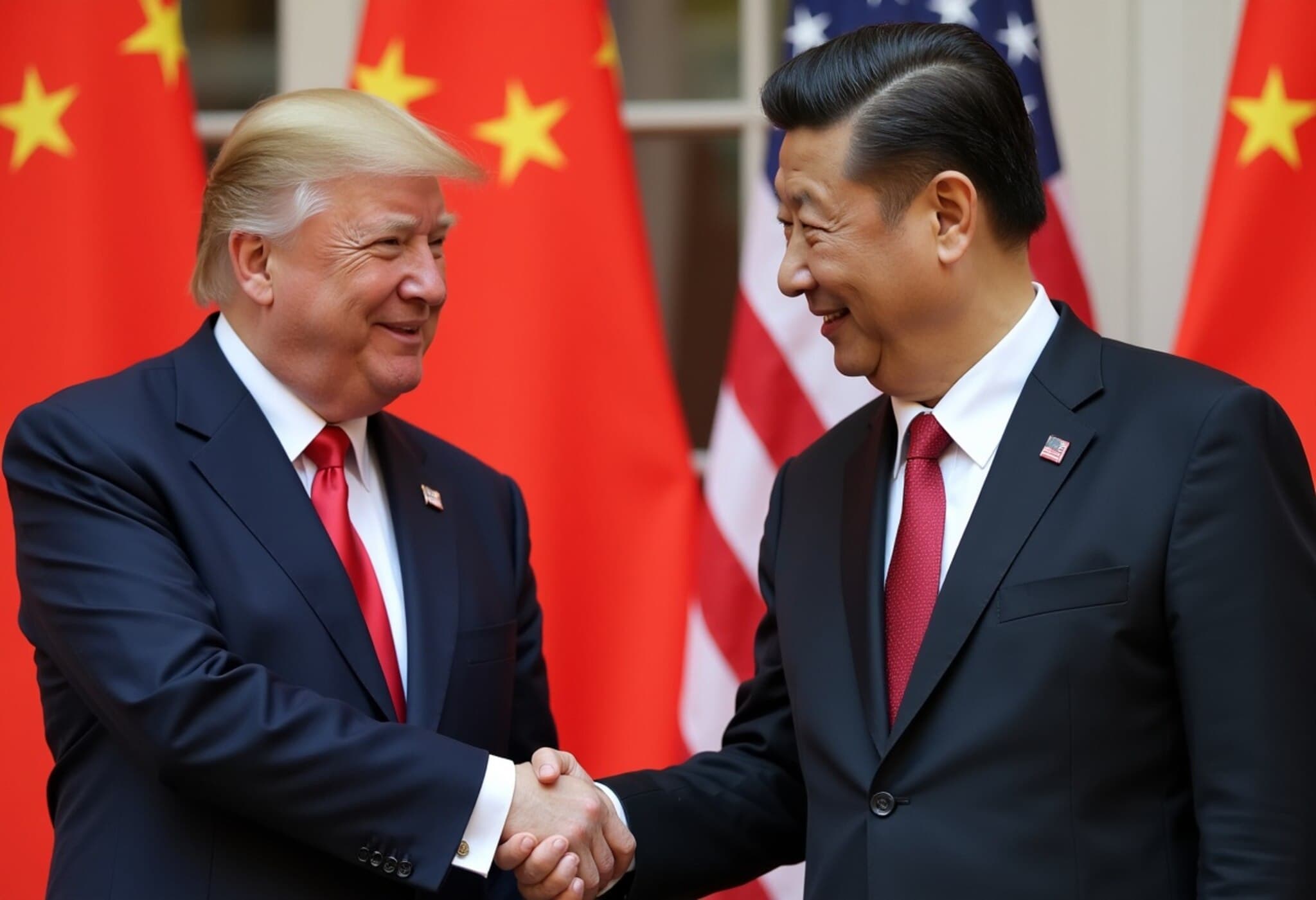US and China Resume Trade Talks Centered on Export Controls
In a marked departure from previous negotiations, the United States and China convened for a second round of trade discussions in London, turning their attention away from tariffs and towards export controls on critical technologies and rare earth elements.
Export Controls Take Center Stage Amid Supply Chain Tensions
Recent weeks have seen escalating moves by both nations to restrict access to key components vital to global manufacturing. The US has clamped down on exports of semiconductors, jet engines, and specialized chemicals and machinery, while China has limited its supply of rare earth minerals—essential for producing everything from electric vehicles to advanced electronics and military hardware.
This tug-of-war has intensified accusations from both sides alleging violations of a trade truce agreed upon last month, which originally aimed to ease tariffs by a significant margin for a 90-day period to facilitate further dialogue.
Trade Truce Strains Under Export Restrictions
Despite the agreement to reduce tariffs by 115% over 90 days, tensions flared as the US tightened export controls shortly after, prompting China to maintain its rare earth export restrictions that began earlier in April. The US leadership has publicly criticized China for breaching the truce, labeling negotiations as challenging, while Chinese officials counter that the US has violated key understandings reached previously.
London Talks Led by Key Economic Figures
The US delegation in London is led by Treasury Secretary Scott Bessent, accompanied by Commerce Secretary Howard Lutnick, whose expertise in export control policy signals a strategic pivot from tariff discussions to supply chain security measures. On the Chinese side, Vice Premier He Lifeng, who also led the earlier talks in Geneva, directs their delegation.
Negotiation Stakes: Rare Earths and Semiconductor Access
American officials are pushing for China to ease restrictions on rare earth exports, recognizing their critical role in modern manufacturing. Conversely, China is expected to press for the rollback of US export controls that limit their access to semiconductors and advanced technologies.
Amid these high-stakes exchanges, there are early indications that the two sides may find common ground to avoid further escalation. US authorities describe recent conversations with Chinese leadership as progress toward resolving issues surrounding rare earth supply complexities.
Signs of Diplomatic Goodwill and Future Prospects
In an apparent gesture to ease tensions, China recently issued several export licenses related to rare earth elements. Experts suggest this move could reflect a strategic easing following backchannel communications, aimed at preventing an uncontrolled escalation of supply-chain restrictions.
Implications for Global Manufacturing and Technology Sectors
With US manufacturing poised at a critical juncture, especially in industries like automobiles, prolonged supply disruptions could undermine economic recovery efforts. Both nations’ willingness to negotiate on export controls signals recognition of the interdependent nature of global technology supply chains.
As the talks unfold, observers remain attentive to whether these discussions will yield a sustainable framework to govern export policies and defuse one of the most challenging aspects of US-China economic relations.

